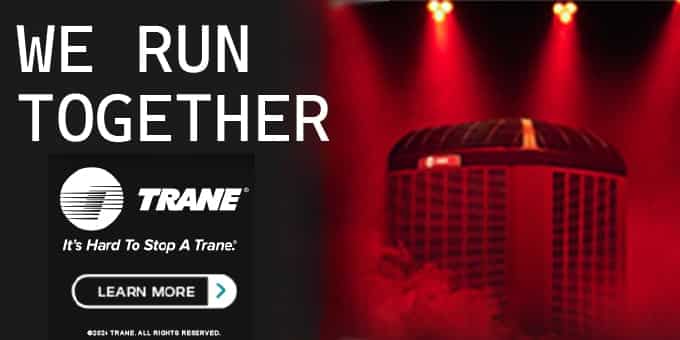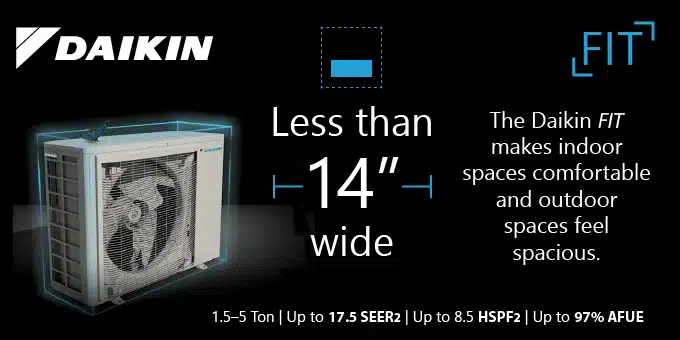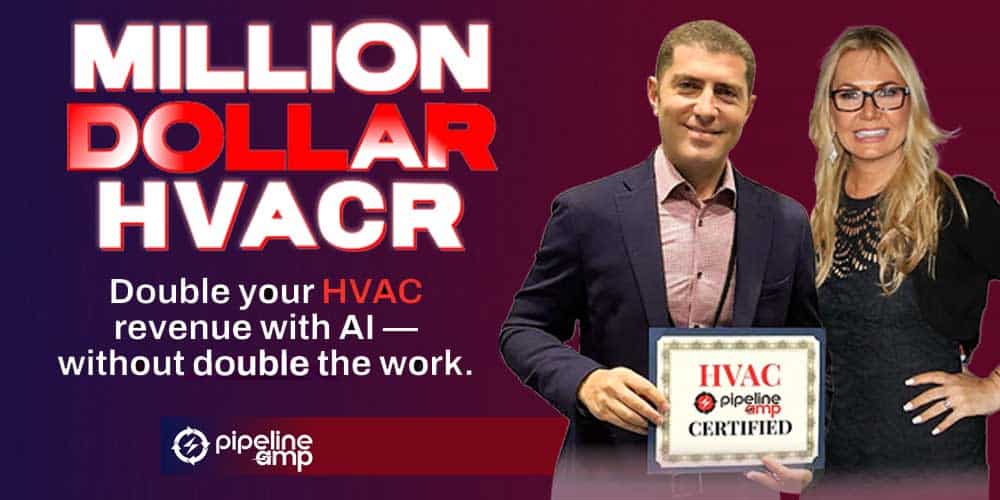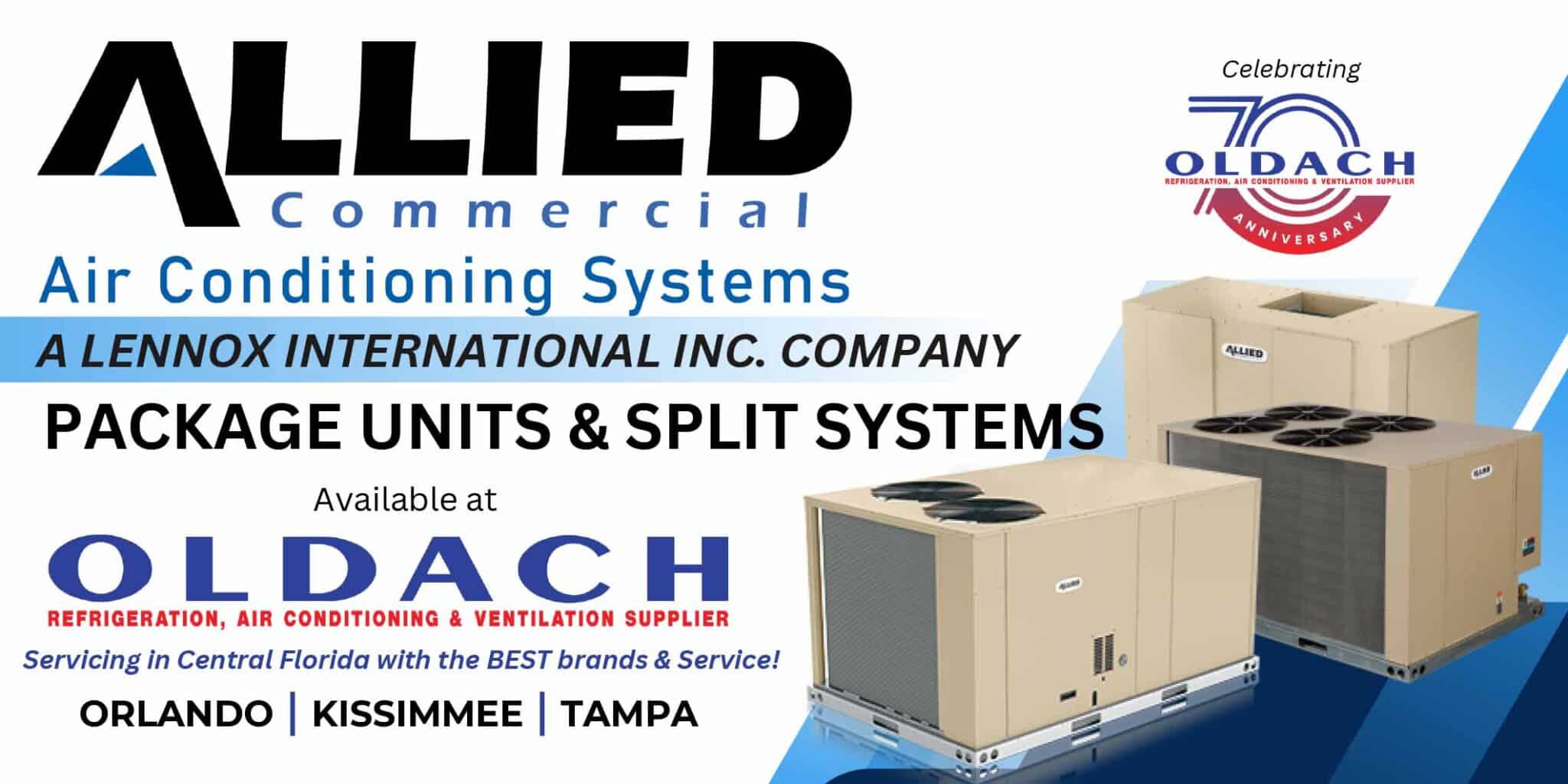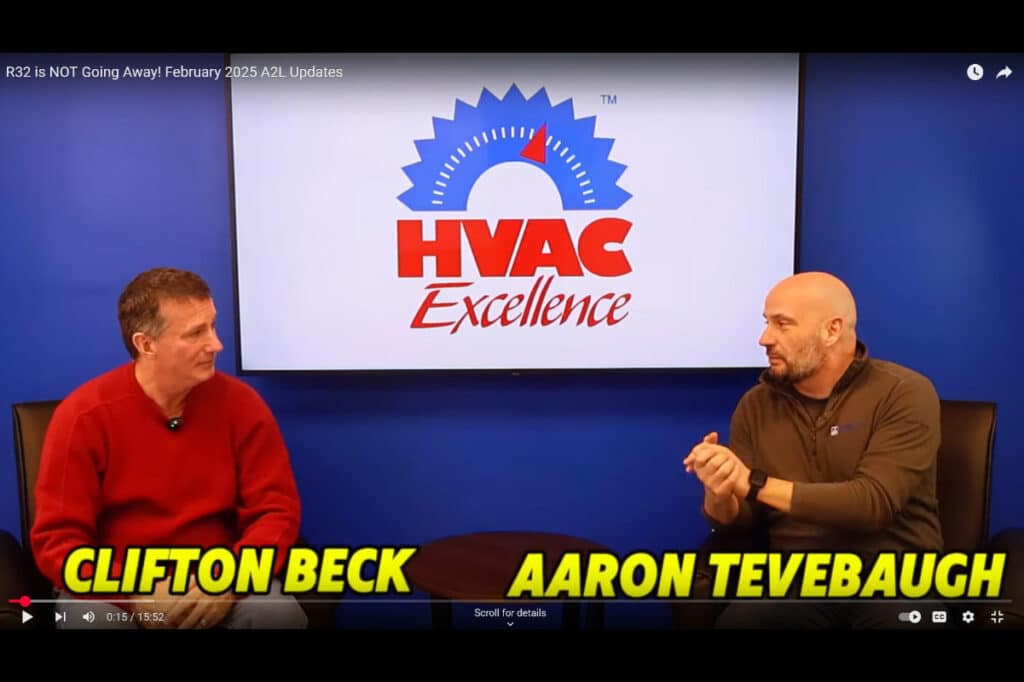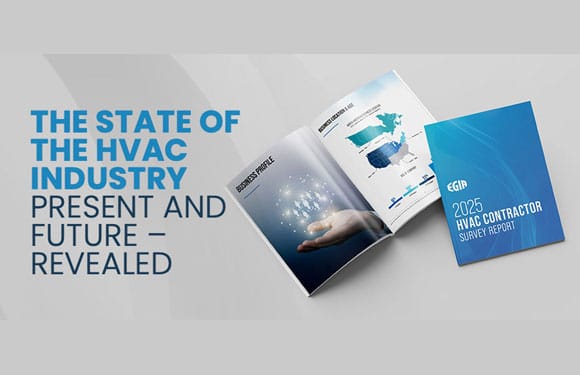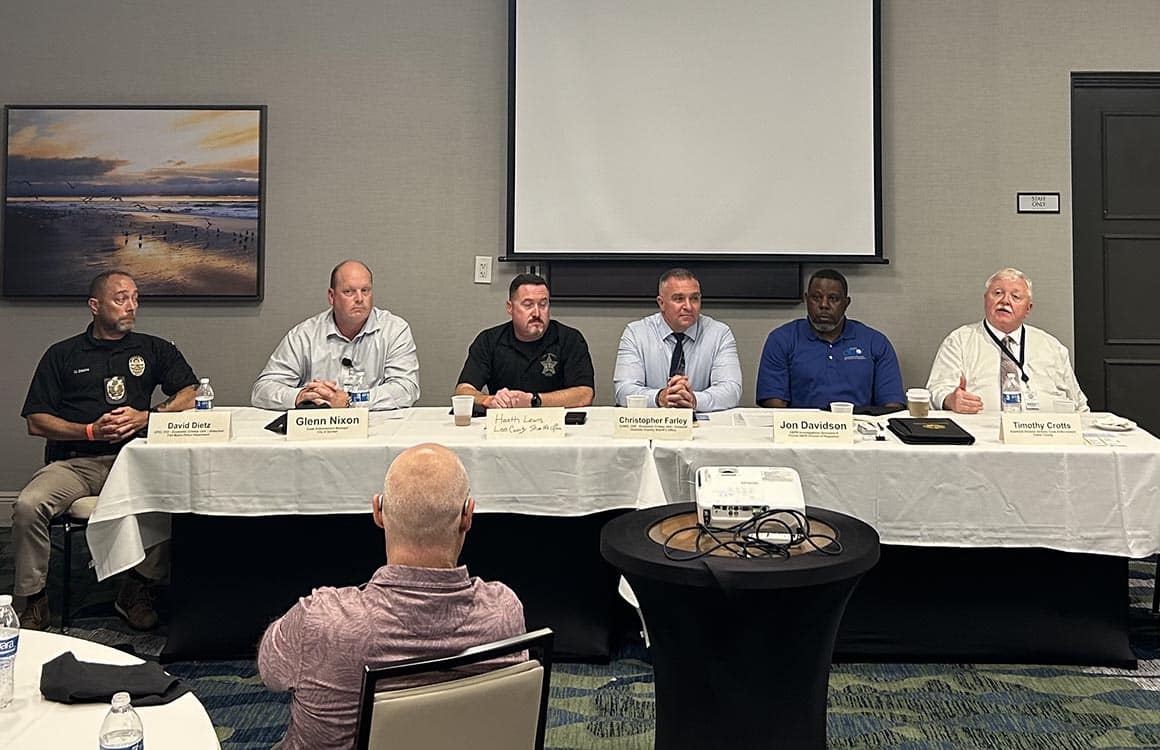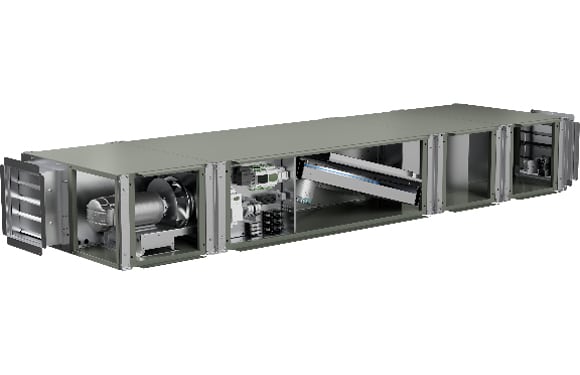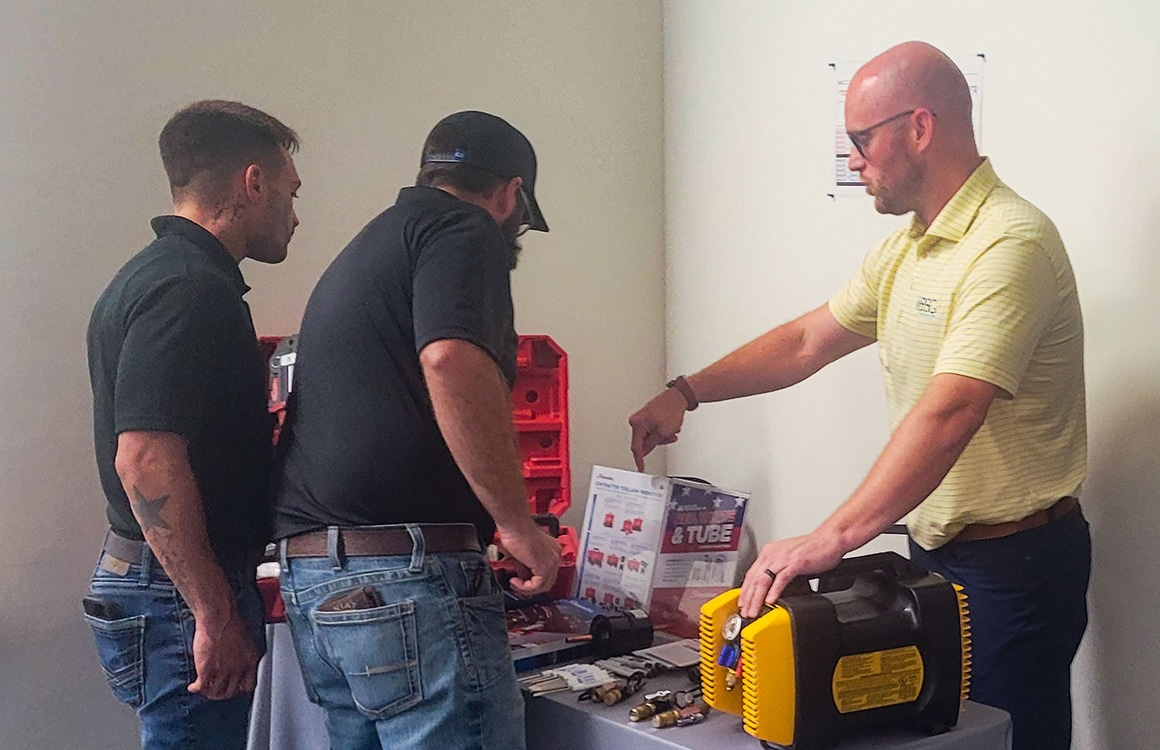 In this follow-up to my previous editorial on refrigerant regulations and properties, I explore how widely Propane (R-290), CO₂ (R-744), Ammonia (NH₃/R-717), and HFOs are used today, who supports them, and what legislative efforts are underway to promote their adoption. I added ammonia as a result of comments I received in response to my last editorial.
In this follow-up to my previous editorial on refrigerant regulations and properties, I explore how widely Propane (R-290), CO₂ (R-744), Ammonia (NH₃/R-717), and HFOs are used today, who supports them, and what legislative efforts are underway to promote their adoption. I added ammonia as a result of comments I received in response to my last editorial.
Usage in air conditioning and refrigeration applications worldwide.
Propane/R-290
Widely used in commercial refrigeration ( plug-in display cases, ice cream freezers) and gaining popularity in residential and portable air conditioners, especially in Europe and Asia. It is being introduced in small heat pumps and water heaters. Millions of small-charge units are in use in China, India and Europe with new efficiency and safety standards in the Asia-Pacific regions encouraging increased adoption.
Non-governmental Organizations like Greenpeace and the Environmental Investigation Agency (EIA) advocate for hydrocarbons like propane due to ultra-low GWP (<3).
Companies including Midea, Gree and Whirlpool are manufacturing R-290-charged air conditioners and refrigerators. Governments of the United States, European Union (EU) and India are encouraging use of R-290 with charge limits and safety considerations.
CO₂/R-744
Notable regions where CO₂/R-744 is in use are the EU, Japan and Australia, primarily in supermarkets, for cold storage and in heat pumps. Carrier, Danfoss and BITZER are among the companies supporting CO₂/R-744 for transcritical and subcritical systems*.
In the EU CO₂/R-744 is favored due to its GWP of 1. It is a top candidate in California which is promoting refrigerants under 150 GWP and Japan offers subsidies for commercial CO₂/R-744 refrigeration systems.
Over 60,000 CO₂-based systems are in supermarkets in Europe alone with rapid acceptance taking place in Japan, Australia, and North America for commercial and industrial applications.
Ammonia/ NH₃/R-717
Ammonia/ NH₃/R-717 is widely used in the industrial refrigeration sector for food processing, cold storage and ice rinks. It is emerging for use in large absorption chillers and district cooling systems. The International Institute of Ammonia Refrigeration promotes its safe use and education.
Due to its corrosive and toxic properties, it is limited in use for air conditioning but is being used in tens of thousands of industrial facilities globally.
HFOs (Hydrofluoroolefins/ R-1234yf, R-1234ze)
R-1234yf is rapidly replacing R-134a in automotive air conditioning applications and is standard in most new cars in the US and EU. Over 100 million cars use HFO refrigerants.
R-454b is a blend of R-1234yf (an HFO) and R-32 (an HFC). The future of R-1234yf in the residential and commercial air conditioning applications is uncertain, but promising. Regulatory developments and the development of new, lower GWP alternatives will impact how widely it will be implemented. The air conditioning industry’s willingness to invest in it will be crucial.
The US and EU governments are supporting the switch to ultra-low refrigerants like HFOs.
*In refrigeration the critical point is the temperature and pressure at which a fluid cannot exist as a distinct liquid or gas. Subcritical systems operate below the critical point, while transcritical systems operate above it.
I hope you find this information useful.
Warm regards,
Peter Montana, Director, ACprosite.com
pmontana@ACprosite.com
813.417.6792


